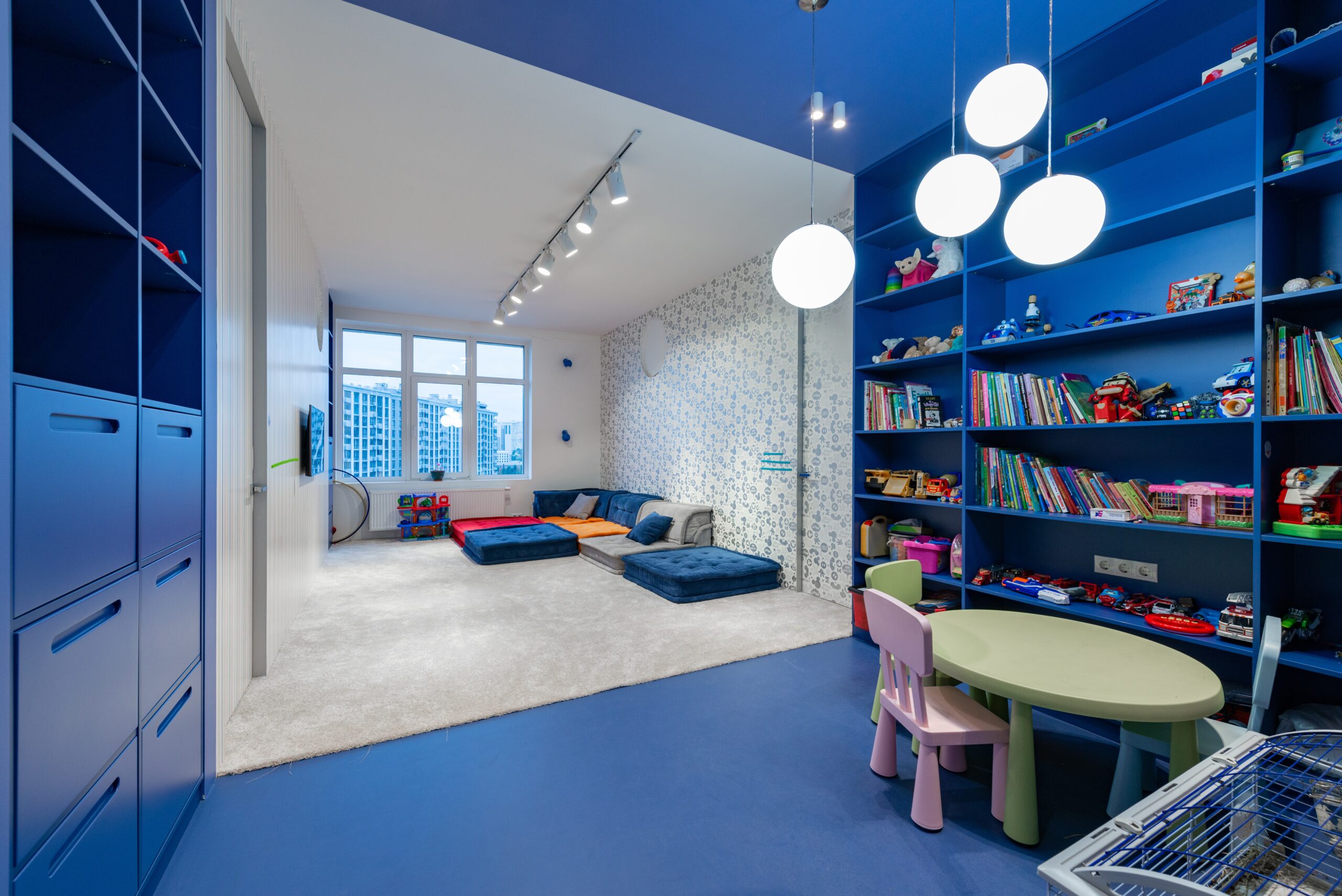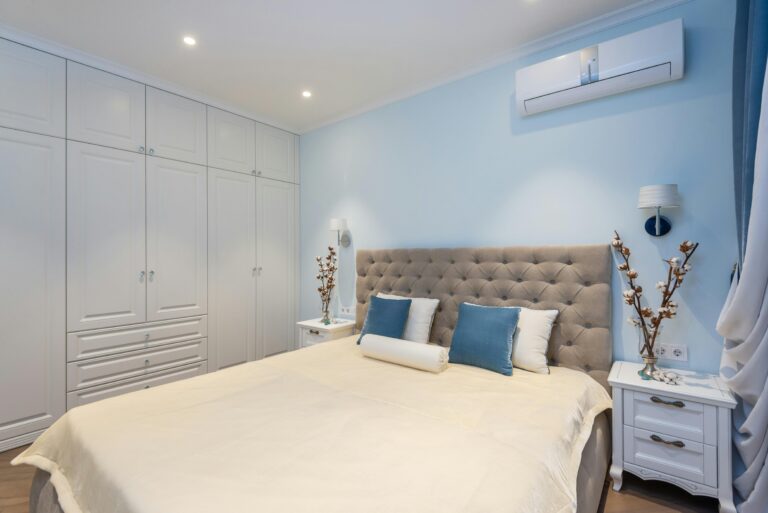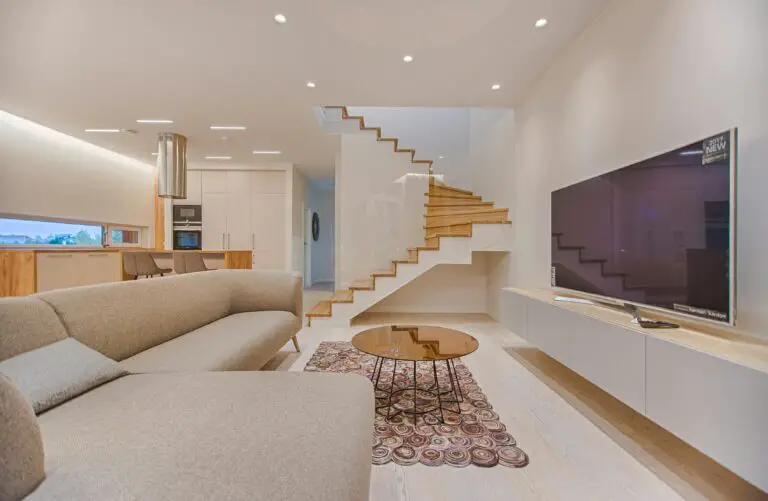Wall murals are not only visually stunning but also offer numerous benefits for children’s development. From stimulating creativity to promoting learning, wall murals have become popular with parents and designers alike.
This blog post will explore the benefits of incorporating wall murals in kids’ playrooms, design considerations, the installation process, and much more.
Benefits of Incorporating Wall Murals in Kids’ Playrooms

Wall murals have the power to transform a plain playroom into a vibrant and enchanting space. Here are some key benefits of incorporating wall murals in kids’ playrooms:
1. Stimulating and Educational Environment
Wall murals can ignite children’s creativity and imagination. Whether it’s a whimsical forest, an underwater adventure, or a space odyssey, these immersive designs transport kids into imaginative realms, encouraging play and exploration. Furthermore, murals with educational elements like letters, numbers, or maps can enhance cognitive development and learning.
2. Personalization and Expression
Every child is unique, and wall murals offer an opportunity to reflect their interests, hobbies, and personalities. By incorporating their favorite characters, themes, or even their own artwork, children feel a sense of ownership and pride in their play space. Personalized wall murals nurture self-expression and make the playroom truly theirs.
3. Creating a Calming and Comforting Space
Playrooms can sometimes feel overwhelming for children, especially when transitioning from other areas of the house or dealing with new environments. Wall murals can provide a sense of security and familiarity. Soft colors, nature-inspired scenes, or calming designs create a soothing ambiance that helps reduce anxiety and stress, promoting a peaceful play experience.
Design Considerations for Wall Murals in Kids’ Playrooms
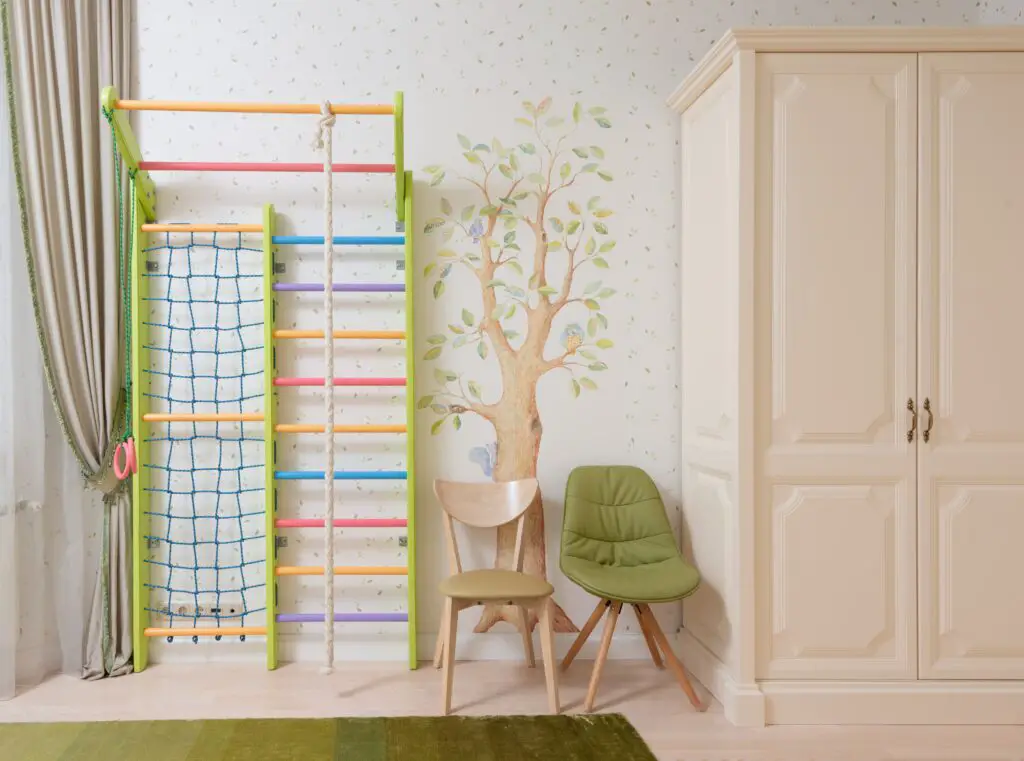
When planning a wall mural for a kids’ playroom, several design considerations should be kept in mind:
1. Age-Appropriate Themes
The chosen theme should be suitable for the child’s age and developmental stage. Infants and toddlers may benefit from simple, colorful designs, while preschoolers and early school-age children might enjoy more complex scenes or characters. Older children and preteens may prefer themes that align with their evolving interests and hobbies.
2. Safety Considerations
Safety is paramount when designing a playroom. Ensure that the materials used for the mural are non-toxic and child-friendly. Additionally, secure wall attachments and avoid sharp or protruding elements that could pose potential hazards.
3. Interactive Elements
Consider incorporating interactive elements into the mural design. These could include puzzles, hidden objects, or textured surfaces that engage children in sensory exploration and play. Interactive murals add an extra dimension of fun and excitement to the playroom.
Planning and Preparation for Wall Murals in Kids’ Playrooms
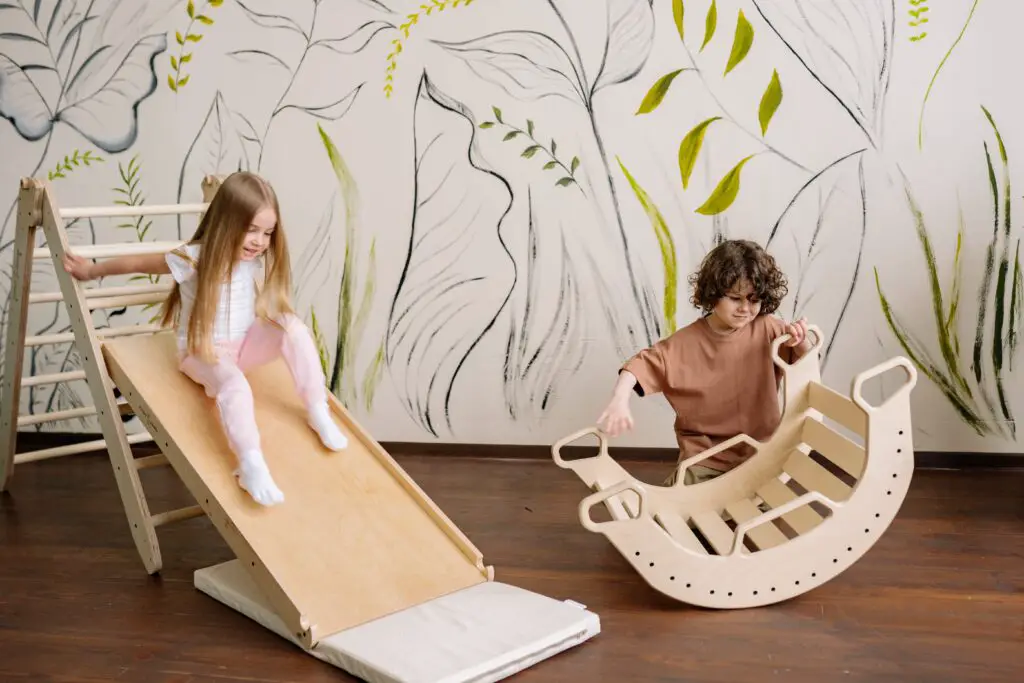
Before diving into the installation process, proper planning and preparation are essential. Consider the following steps:
1. Assess the Available Space and Layout
Measure the dimensions of the walls and identify any architectural features or obstacles that might affect the mural’s design. Understanding the space will help determine the scale and placement of the mural.
2. Theme Selection and Concept Development
Involve the child in the process of selecting a theme for the mural. Brainstorm ideas together, explore popular themes, and create a concept that resonates with their interests and imagination.
3. Choosing the Appropriate Materials
Select high-quality paints or wallpapers that are durable and easy to clean. Consider factors such as washability, stain resistance, and fade resistance to ensure the mural’s longevity.
Installation Process for Wall Murals in Kids’ Playrooms
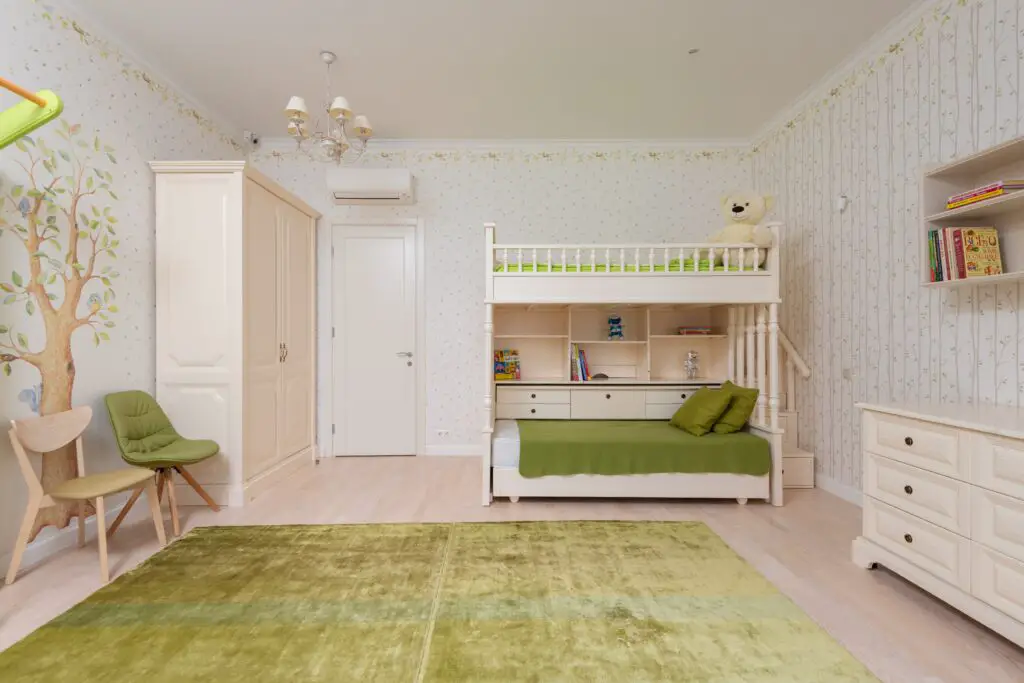
Now that the planning is complete, let’s dive into the installation process of wall murals in kids’ playrooms:
1. Surface Preparation
Thoroughly clean and prime the walls before starting the mural installation. Repair any imperfections or damages to ensure a smooth surface for painting or applying wallpapers.
2. Transferring the Design Onto the Wall
Use techniques such as stencils, projectors, or grids to transfer the design accurately onto the wall. Pay attention to alignment and ensure precision during this step.
3. Painting or Applying Wallpapers
Follow step-by-step instructions for painting or applying wallpapers. If painting, consider using non-toxic, washable paints. If opting for wallpapers, carefully adhere to the manufacturer’s instructions to achieve a professional finish.
4. Adding Finishing Touches
Enhance the mural by incorporating additional decorative elements such as wall decals, 3D elements, or glow-in-the-dark accents. Apply sealants or protective coatings to safeguard the mural from wear and tear.
Maintenance and Longevity of Wall Murals in Kids’ Playrooms
To ensure the longevity and vibrancy of the wall mural, proper maintenance is essential. Consider the following tips:
- Regular cleaning and upkeep: Follow the recommended cleaning techniques for the specific mural materials used. Promptly address any stains, smudges, or damages to keep the mural looking fresh and inviting.
- Touch-ups and modifications: Over time, children’s interests may change. Consider periodic touch-ups or updates to the mural to align with their evolving preferences. This allows the playroom to adapt and grow with the child.
Conclusion
Incorporating wall murals in kids’ playrooms brings joy, creativity, and a sense of wonder into their lives. These captivating designs stimulate imagination, promote learning, and create a personal haven for children to explore and play.
By considering design elements, safety precautions, and installation techniques, parents and designers can transform any playroom into an enchanting and inspiring space. So, unleash your creativity, involve your child in the process, and let the magic of wall murals transport your little ones to a world of endless possibilities!
Frequently Asked Questions (FAQs)
1. Are wall murals safe for kids’ playrooms?
Yes, wall murals can be safe for kids’ playrooms. Ensure that non-toxic materials and paints are used. Also, avoid sharp or protruding elements that could pose potential hazards.
2. Can wall murals be cleaned easily?
Yes, many wall murals can be cleaned easily. Follow the manufacturer’s instructions for cleaning specific mural materials. In general, non-toxic, washable paints and wallpapers with good stain resistance are recommended.
3. How long does a wall mural last in a playroom?
The longevity of a wall mural depends on various factors, including the quality of materials used and the level of maintenance. With proper care and maintenance, wall murals can last for several years, adapting to the child’s changing interests with periodic touch-ups or modifications.
